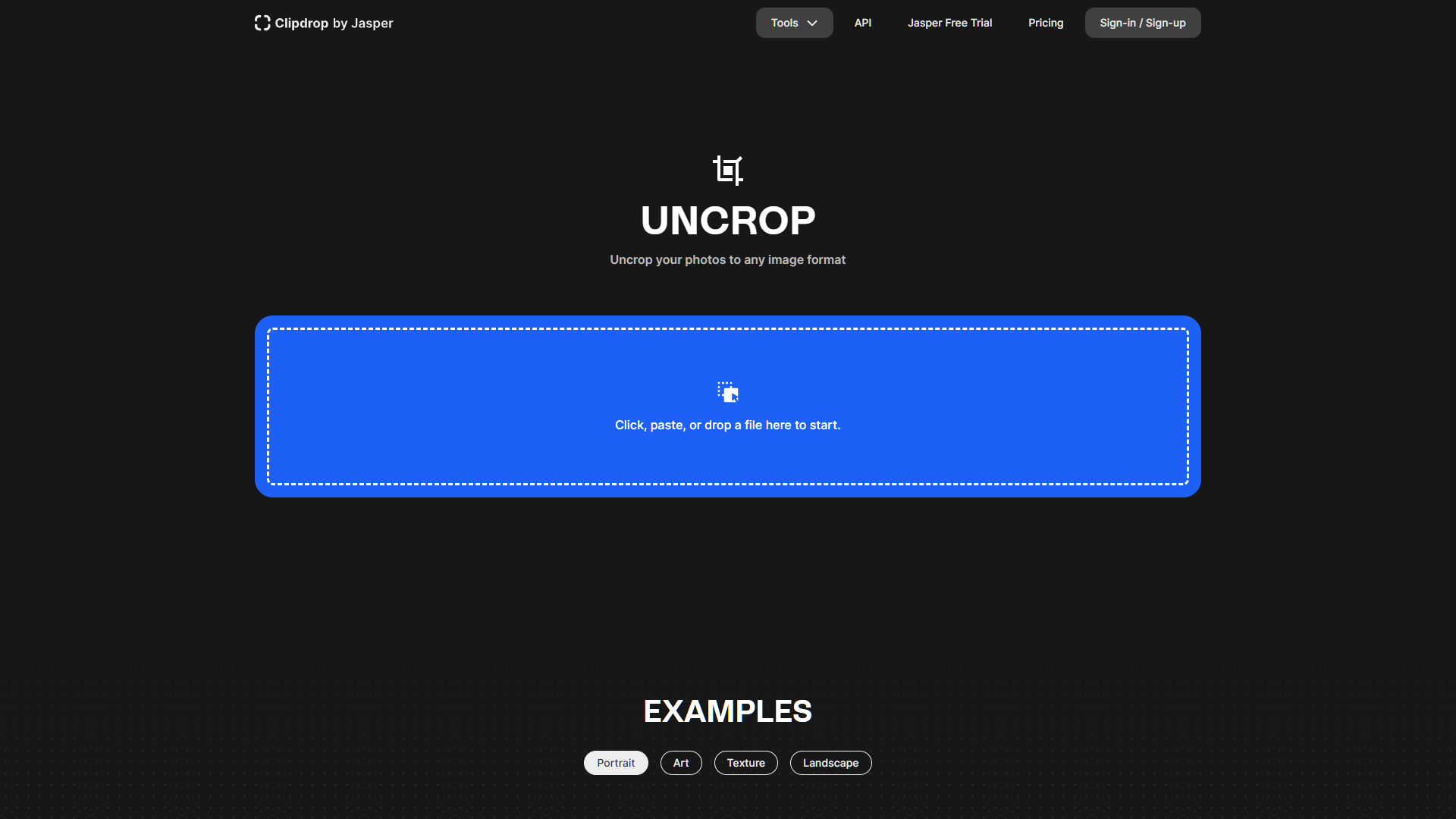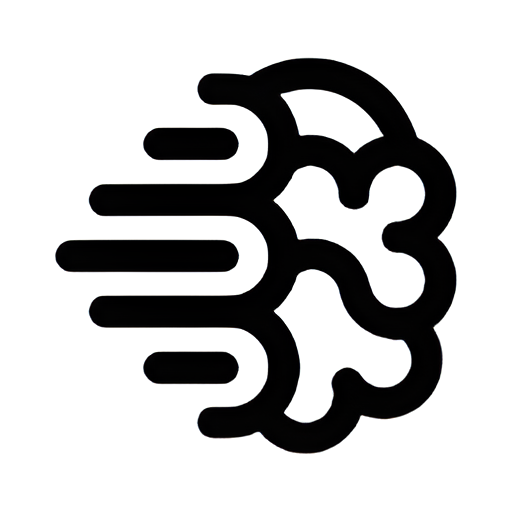Overview
Uncrop is a versatile AI-powered tool designed to enhance and expand the possibilities of photo editing, available on the Clipdrop platform. This innovative tool allows users to effortlessly uncrop photos, extending the edges of images to include more background or body parts, making it perfect for various image formats including portraits, landscapes, and more. Uncrop utilizes advanced algorithms from Stability.ai to optimize image aspect ratios, ensuring high-quality results that maintain the integrity of the original photo.
In addition to its uncropping capabilities, Uncrop offers a suite of features to further refine and transform images. The "Generative Fill" feature is particularly notable, allowing users to seamlessly replace, remove, or repair elements within pictures. Other tools include the "Universal Resizer" for adjusting image dimensions, "Swap" for interchanging people in photos, and "Replace Background" to creatively alter the setting of an image. Users can also benefit from "Remove Background" for precise subject isolation and "Cleanup" for automatic removal of unwanted objects.
For those looking to explore beyond basic editing, Uncrop provides additional functionalities like "Image Upscaler," "Sketch to Image," and "Reimagine," each designed to cater to specific creative needs. The platform's integration with Jasper AI for text generation further enhances its utility, making it a comprehensive solution for both professional and amateur photographers and artists. The Clipdrop Stable Diffusion XL demo offers a hands-on experience with the latest model, ensuring users can test and adapt to the tool's capabilities effectively.
Key features
- Generative fill: Allows users to seamlessly edit, replace, or remove specific elements within an image, enhancing or cleaning up photos as needed.
- Universal resizer: Enables users to adjust the size of their images to various aspect ratios without losing important details or distorting the content.
- Swap feature: Offers the ability to swap people or objects in images, which is useful for creating different compositions or correcting group photos.
- Replace background: Uses AI to change the background of an image, effectively teleporting the subject to new environments or contexts.
- Remove background: Provides precise extraction of subjects from their backgrounds, ideal for creating clean and focused visuals or preparing images for further processing.
- Cleanup tool: Automatically detects and removes unwanted objects from images, simplifying the editing process and enhancing the overall appearance of photos.
 Pros
Pros
- Color adjustment: Offers sophisticated tools to modify color balance, saturation, and brightness, helping users enhance the mood and feel of their images.
- Detail enhancement: Utilizes advanced algorithms to sharpen and clarify image details, making photos appear more vivid and professionally captured.
- Batch processing: Allows users to apply edits to multiple images at once, saving time and ensuring consistency across photos for projects or galleries.
- Smart suggestions: Provides AI-driven recommendations for image improvements, helping users make quick, effective adjustments without needing deep technical knowledge.
- Real-time previews: Enables users to see changes in real-time, allowing for immediate feedback and adjustments, ensuring the desired outcome is achieved efficiently.
 Cons
Cons
- Generative fill limitations: While effective, it may not always perfectly match the style or lighting of the original image, leading to slightly unnatural results.
- Resizing quality variance: The Universal resizer, though versatile, can sometimes produce images that are less sharp or detailed compared to the original.
- Swap feature imperfections: Swapping elements can occasionally result in mismatches in perspective or lighting, making the edits visible and less realistic.
- Background replacement artifacts: AI-driven background changes can sometimes leave edges around the subject that are not perfectly blended, affecting the photo's realism.
- Background removal errors: While generally precise, this tool can mistakenly remove parts of the subject, especially if the edges are not well-defined.








